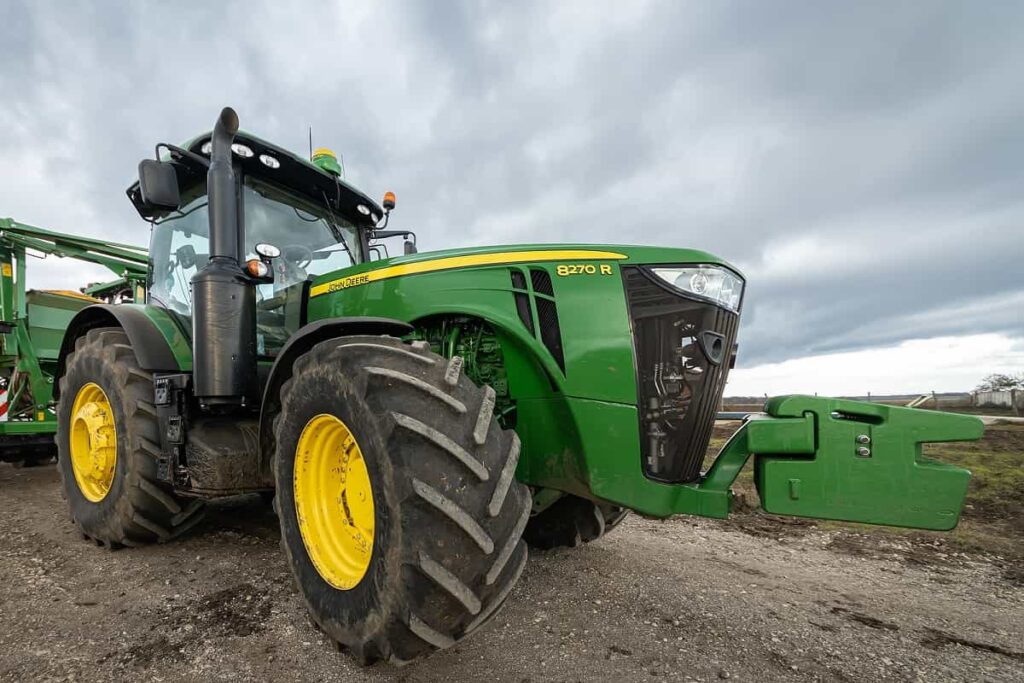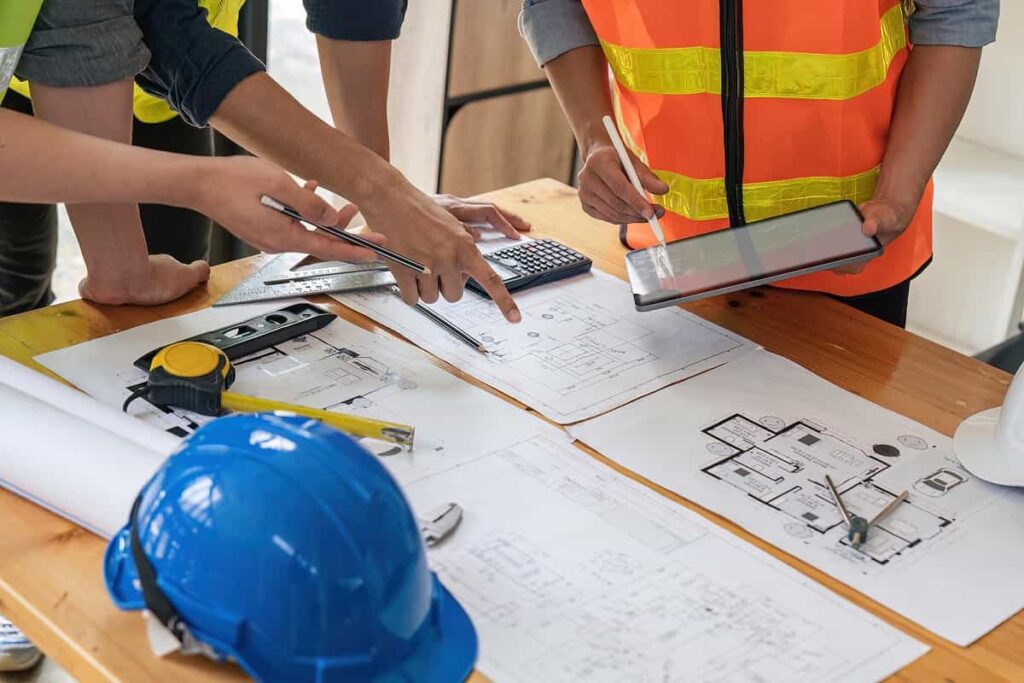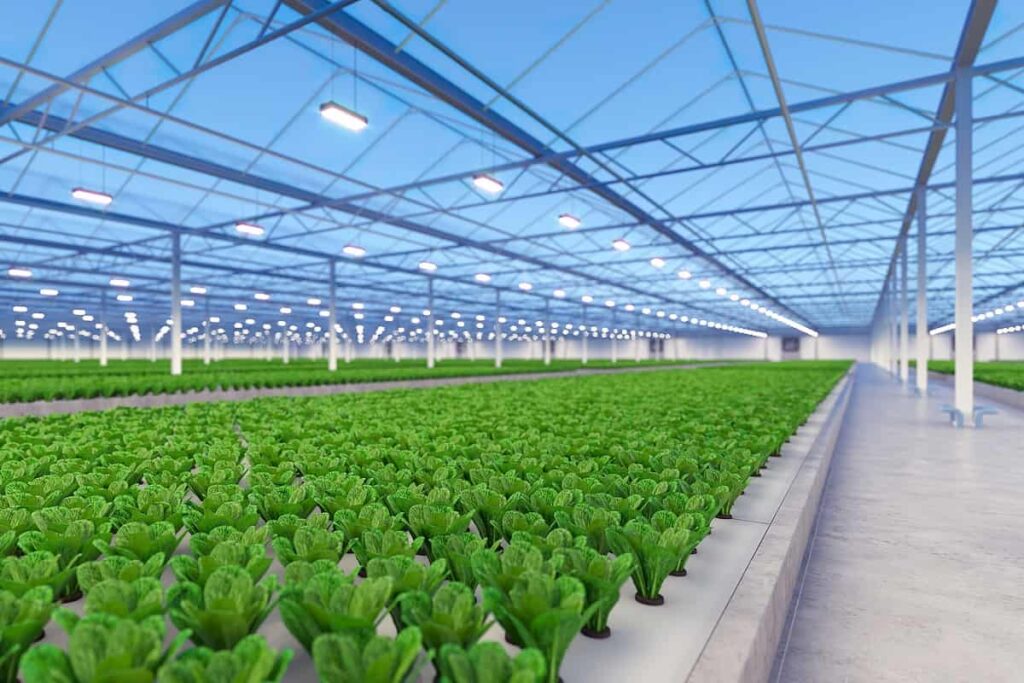Can Vertical Farms Be Profitable?
Table of contents

Earlier this year, we covered a couple of indoor farming companies going public through mergers with special purpose acquisition companies (SPACs). Neither seemed very appetizing for retail investors, with negligible revenues to date. As we predicted, more indoor farming startups (referring to both large-scale greenhouses and vertical farming operations) are jumping on the SPAC crazy train. The latest is a Montana company called Local Bounti that had generated little buzz until this month’s announcement, which included news that Cargill is providing $200 million in debt financing in the deal.
In this article, we want to take a step back and look a little more closely at the indoor farming industry, sometimes referred to as controlled environment agriculture (CEA), particularly on the vertical farming side of things. Basically, we’re skeptical of both the economics and the save-the-world ethos that many companies preach. We enlisted an industry insider to help us separate the wheat from the chaff.
Saving the World from BS

Mark Korzilius is the founder and chief strategy officer of &ever, a vertical farming startup based in Germany, with its first mega-farm located in the desert of Kuwait. Korzilius was also the co-founder in 2002 of a chain of fast-casual Italian restaurants, Vapiano, with more than 200 locations in about 30 countries. He reached out to us, as founders sometimes do after reading a story that didn’t include them, to tell us about all of the cool things their company is doing. In the case of Korzilius, he also wanted to set the record straight on all of the things that competitors like AeroFarms and other indoor vertical farming companies aren’t doing despite claims to the contrary.
Obviously, Mr. Korzilius is biased, but he also confirmed one of our chief suspicions: Many indoor farming companies claim they are on a mission to help feed the world, which seems incongruous with the fact that most are growing leafy greens, herbs, berries, and maybe tomatoes. Hardly the sorts of staples that are going to keep the estimated 800 million people in the world from going hungry at the end of the day. He also argues that claims of automation using artificial intelligence and sensor-rich environments are also overblown.
“We truly believe to become farmers and to be successful farmers for some crops, we can prove that [vertical farming] is, in the end, a way forward,” he says. “Hopefully, we can find some technologies to really overcome some issues that have been created by others … that will help solve problems that have been the result of technologies that have been created 50 years ago.”
In the second half of that comment, Korzilius is obviously referring to the modern industrial farming system, with its reliance on pesticides, herbicides, and fertilizers that deplete and poison soils and water supplies. That’s why you see so many companies developing natural fertilizers using microbes or biomanufacturing solutions for non-chemical pesticides. Outdoor agriculture is also water intensive, especially for products like almonds, which require one gallon of water per nut. Various technologies are in development to use water more efficiently, from soil sensors to aerial imagery from drones and satellites. Vertical farming gets at the root of the problem by moving the growing operation indoors, employing LED lights and hydroponics to deliver nutrients using only water rather than soil. That eliminates both pesticides and many traditional fertilizers, and reportedly cuts down on water usage by as much as 95%. Let’s take a look at the specific green technology behind Korzilius’ company.
Creating the Right Climate for Vertical Farms
Founded in 2015, &ever (formerly known as Farmers Cut) has raised an undisclosed amount of money, originally through bootstrapping and Seed funding, before raising a Series A from partners in Kuwait for its mega-farm, a joint venture with a local investment company called NOX Management. Korzilius said &ever is currently raising a Series B but declined to offer any details.
There are two key parts to the company’s technology, as we understand it: Dryponics and climate cells.
Dryponics is a new riff on hydroponics, which involves growing plants without soil. The company uses a proprietary growth substrate to keep the roots dry. In effect, the root system stays on top of the substrate, while absorbing the nutrients in the water. This setup reportedly has several advantages, including using 68% less water than common hydroponic systems and 37% less water than aeroponic systems, which grow plants in the air using a mist environment or similar system. Less water means the basins underneath the substrates are flatter, allowing more compact layering of crops.
Each crop requires different growing conditions, Korzilius explains, so his team developed climate cells – microenvironments optimized for temperature, light, humidity, and CO2, among other factors. Controlling the environment also helps control energy costs, especially in the large structures that house many of today’s vertical farms, including the company’s flagship facility in Kuwait.

“Within the same premises, we can create different climates. In our Kuwait farm, we have four climate cells next to each other. So, we could potentially create California climate next to Denmark climate next to Singapore climate,” he explains. “By creating climate cells within one premise, we save energy [and] only climatize what needs to be climatized.”
Take spinach, a notoriously difficult plant to grow indoors that took the company two years to figure out the right combination of substrate and climate. But that work has paid off by reducing the amount of growth time by 15%, which translates into 18 grow cycles a year, which is good enough for Popeye to be an investor (if only he hadn’t blown his retirement on canned spinach).
Betting the Farm on Indoor Farming
The value proposition is that products from &ever leave the farm as living plants with the roots intact, continuing to grow while staying fresh and retaining maximum freshness, according to Korzilius. The Kuwait farm is the first large-scale effort to prove the business model, though the company also has smaller grow towers for on-site retail locations like grocery stores, including one in Munich. A second mega-farm is in development in Singapore.

The Kuwait farm, which went live shortly before the Rona hit, is designed to grow up to 250 varieties of greens and herbs. The 30,000-square-foot facility can reportedly produce up to 1,200 pounds of green stuff. Korzilius says the pandemic continues to hinder full-scale operations of the farm, which is overseen by just six employees. However, he claims the vertical farm is profitable from an operations standpoint (in other words, without accounting for the original capital expenditure). “So, we are not selling below cost. Yes, it’s a prototype, but it’s working nicely.”

However, there is a reason why the mega-farm is located in Kuwait and not in Munich or elsewhere in Europe. Energy is simply cheaper in the Middle East, so it was a no-brainer to plug into the grid there. In Singapore, where electricity doesn’t come as cheaply, the local government has stepped in with grant money to subsidize the project. Currently, Singapore imports more than 90% of its food, so the government is motivated to find ways to be more self-sufficient, especially in the wake of the pandemic.
The bigger implication is that vertical farms will require cheap sources of energy to be economically viable. That goes against the current narrative of locating large-scale operations in the middle of big urban centers where electricity is usually pretty expensive. Of course, there are other economics to consider: Centrally located growing facilities will incur lower shipping costs and can theoretically deliver fresher, tastier products to consumers, who may be willing to pay the premium for what Korzilius calls harvest on demand.
“I strongly believe in consumers being at the center of all activities,” he says. “The consumer, in the end, has to pay for this. And, if he doesn’t, then all of this is just a stupid bubble.”
Conclusion
The bubble is certainly ballooning. The three indoor farming companies that are going (or have gone) public that we are aware of are valued at nearly $4 billion. Last year, the top three indoor farming startups in 2020 funding brought in more than $400 million between them, according to AgFunder News. These companies claim to be building a sustainable food system, but it seems unlikely that a business built on microgreens can be sustainable at that scale and cost. As always, the market will decide which model will succeed.
Sign up to our newsletter to get more of our great research delivered straight to your inbox!
Nanalyze Weekly includes useful insights written by our team of underpaid MBAs, research on new disruptive technology stocks flying under the radar, and summaries of our recent research. Always 100% free.
















Like this article as it describes the real challenge in vertical farming. Would like to get more on the Kuwait project like the economics, how they adjusted the humidity, temperature and CO2.
Thanks
Cheers for that feedback. Once we publish a piece we move on to the next topic, so it’s always best to reach out to these companies directly if you’re looking for additional info.